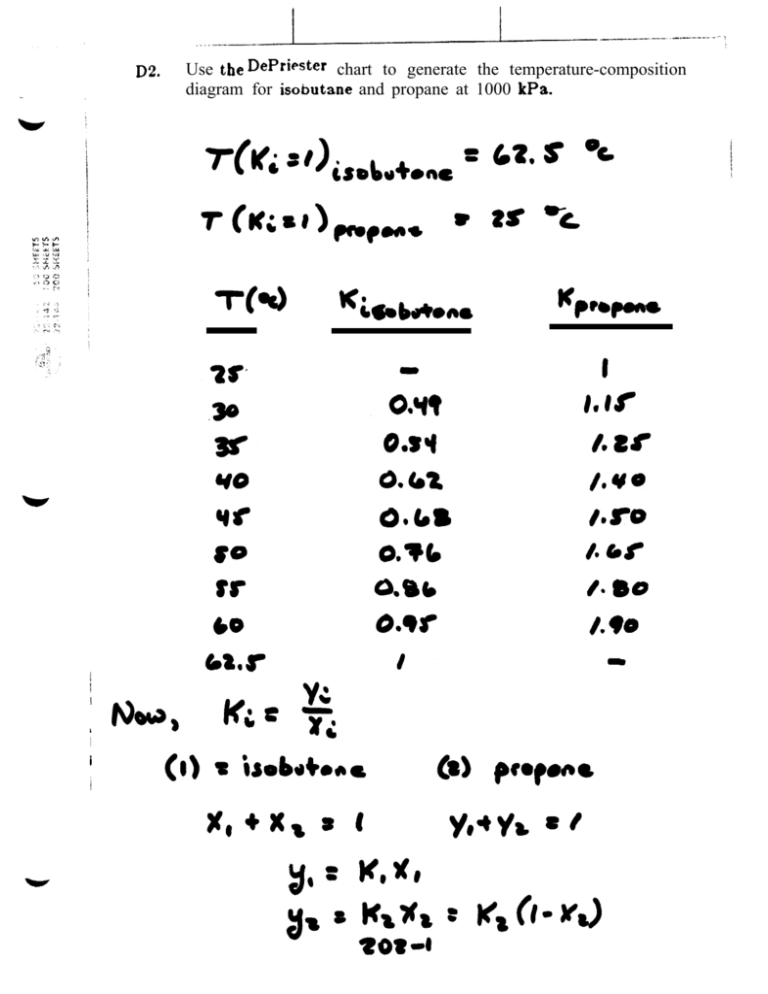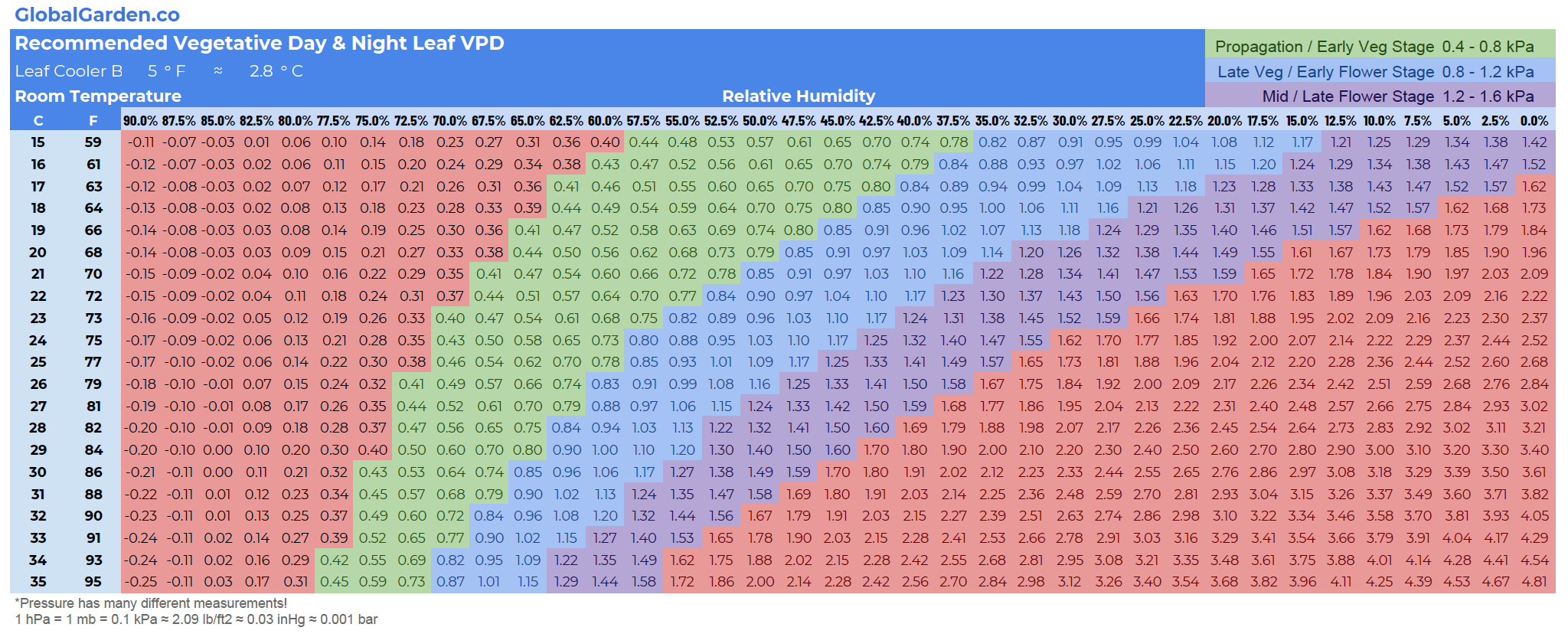

In these charts, K-values for individual components are plotted as a function of temperature on the x-axis with pressure as a parameter. One of the earliest K-value charts for light hydrocarbons is presented in reference.


There are several forms of K-value charts.

EoS approach requires use of a digital computer. The widely used approaches are K-value charts, Raoult’s law, the equation of state (EoS) approach (f), activity coefficient approach (?) or combination of EoS and the EoS and ? approaches. The components making up the system plus temperature, pressure, composition, and degree of polarity affect the accuracy and applicability, and hence the selection, of an approach. In general K-values are function of the pressure, temperature, and composition of the vapor and liquid phases. This “Tip of the Month” presents a history of many of those graphical methods and numerical techniques. Alternatively, there are several graphical or numerical tools that are used for determination of K-values. Obviously, experimental measurement is the most desirable however, it is expensive and time consuming. Equation (2) is also called “Henry’s law” and K is referred to as Henry’s constant. For the more volatile components the Kvalues are greater than 1.0, whereas for the less volatile components they are less than 1.0.ĭepending on the system under study, any one of several approaches may be used to determine K-values. Ki is called the vapor–liquid equilibrium ratio, or simply the K-value, and represents the ratio of the mole fraction in the vapor, yi, to the mole fraction in the liquid, xi.


 0 kommentar(er)
0 kommentar(er)
